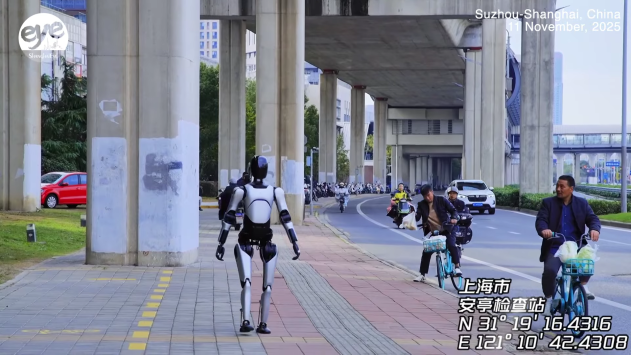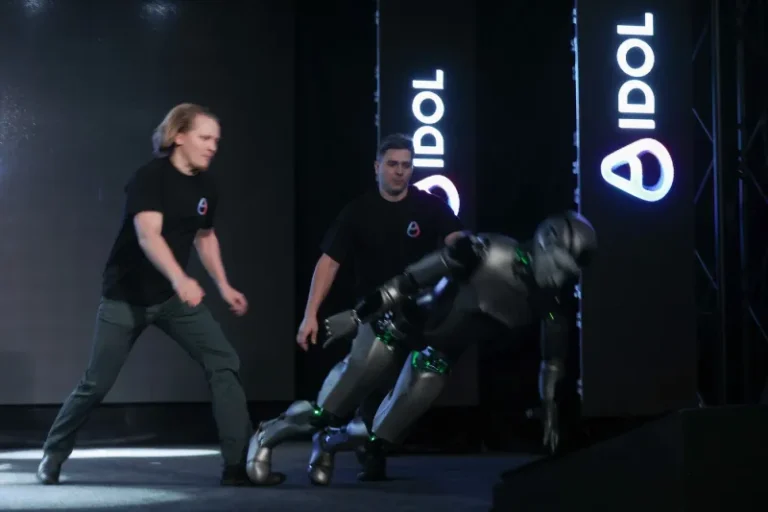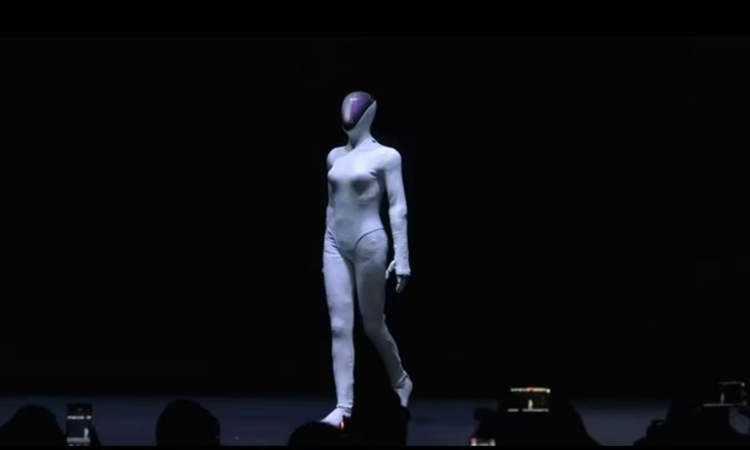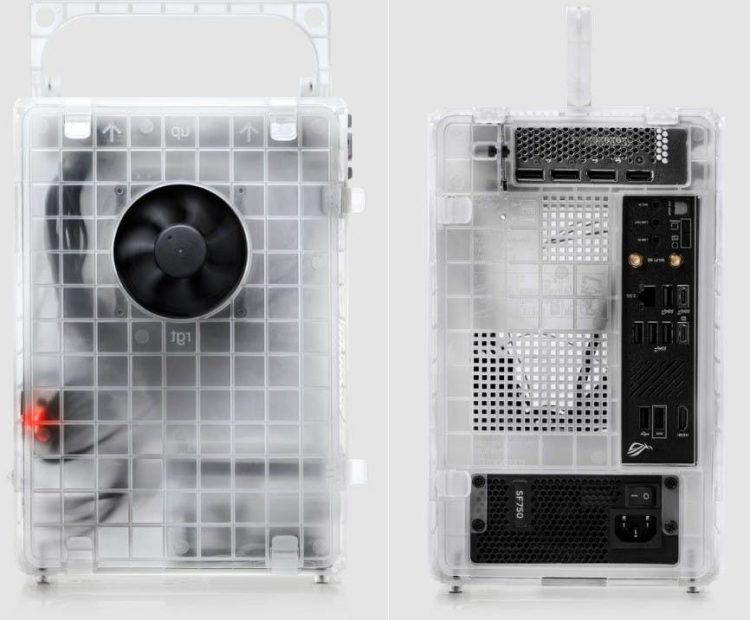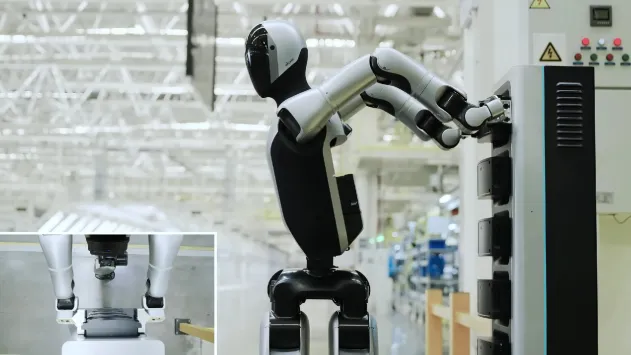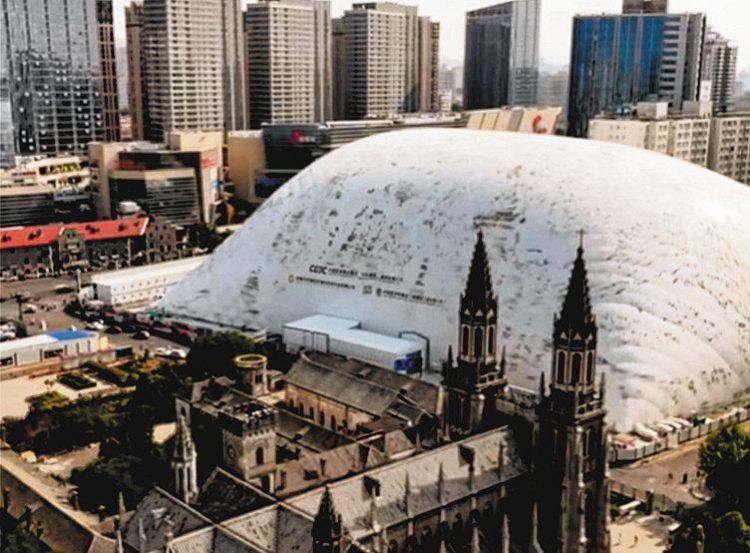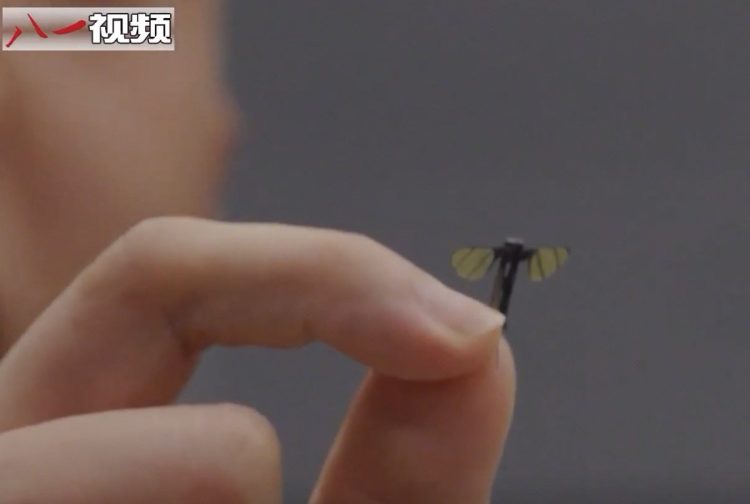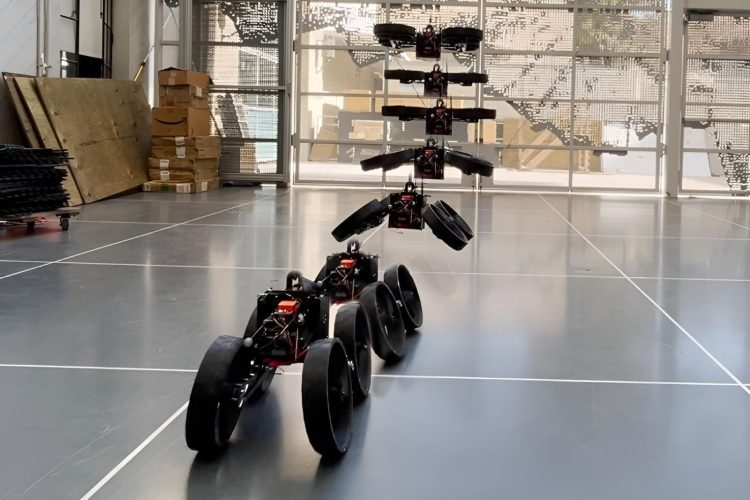To highlight the seriousness of potable water shortage in some parts of Africa and Asia a group of tech-savvy Swedes have created a machine that turns perspiration into drinking water. Aptly named the “Sweat Machine” was inspired by technology used by NASA to recycle everything from human sweat to urine.
Developed by a team of engineers led by Andreas Hammar, the Sweat Machine works by extracting the perspiration, which is 99% water, out of people’s clothes. Sweaty garments are tossed into a dryer, where they are spun and squeezed for every last drop of liquid. The gathered sweat then gets heated, exposed to ultra-violet light and passed through a series of high-tech filters to remove the salt and bacteria. During the final stage of the purification process, the sweat goes through a coffee filter that retains any textile fibers left over from the clothes. The result is perfectly drinkable distilled water. Although the exact capacity of the dryer is yet unknown, the inventors say it takes a full load of sweaty shirts and shorts to produce a pint of potable water. Drinking your own and other people’s sweat sounds disgusting, but according to one brave sommelier, it actually has nice sweet taste.
The Sweat Machine is probably not going to solve the world’s water shortage issue, but UNICEF and Swedish advertising agency Deportivo, who supported the ingenious project, are confident it will at least draw attention to this growing problem and lead to more sustainable solutions. So far over 500 people have used the Sweat Machine, and it’s set for even more exposure once it’s unveiled at this week’s Gotha Cup, a youth football tournament, where youngsters will get a taste of sweat water after they turn in their drenched jerseys.
An even more intriguing way of providing drinking water was unveiled in Peru, back in March. A team of researchers created a smart billboard that captures the increased air humidity and turns into water for the 1.2 million inhabitants of Lima who completely lack running water. The device is capable of producing 100 liters of water per day.
Photos: Deportivo Sweden/Facebook
Source: Discovery News




